Symptoms Of Heart Stroke: Signs, Risk Factors, And Treatment Options
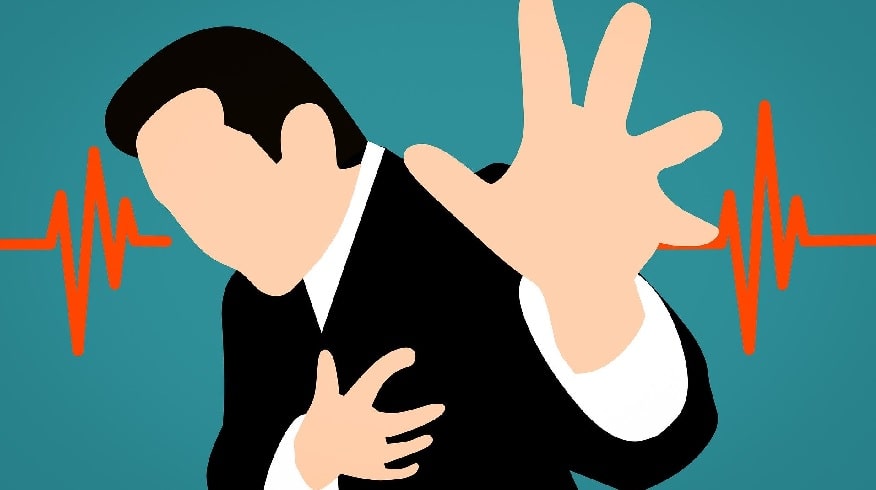
In this article, we’ll discuss the symptoms of heart stroke; as well as the difference between a heart stroke and a heart attack, and some possible treatment options.
Overview
A stroke is a medical emergency in which the supply of oxygen and other nutrients to the brain has been cut off. It may be disrupted when the blood vessel that carries these compounds to the brain is either blocked by a blood clot or has been punctured.
Brain tissues need these essentials to survive every second. Not receiving them for a course of a few minutes would lead to their death, causing the stroke. Thus, it is vital to recognize symptoms early on. But due to its sudden nature, it can be confused with a heart attack. Both of them have some similar symptoms.
Heart Stroke And Heart Attack: The Differences
Heart attacks, also known as myocardial infarction (MI), occur when a complication in the body results in very little to no blood supply to the coronary arteries. These arteries provide blood to the heart. Their width can narrow down due to the collection of fat or cholesterol on the inside walls. This build-up is called plaque.
Lower levels of blood mean that the heart muscles do not get enough oxygen. They begin to die out if there is no treatment given for the blockage. Inactive and damaged cardiac muscles would immediately trigger heart attacks.
Sometimes pieces of the plaque building up within the arteries can break off. Blood clots form around these pieces, and they can pose a risk to the blood vessels supplying essentials to the brain, consequences of which include strokes.
There can be temporary blood clots, which would set off an ischemic attack (TIA), or a mini-stroke. Subsequently, the arteries carrying blood to the brain can develop plaque, giving rise to stroke risk.
Differences On The Basis Of Symptoms
The only way to differentiate between a heart attack and a stroke would be by being aware of their different warning signs. In some cases, they are apparent, but in others, they may be unrecognizable. Having more than one of the below-mentioned symptoms shows a risk of developing those fatal conditions.
Symptoms Of Heart Attack
These are some of the most common symptoms of a heart attack. It is important to note that there could be a pressurizing feeling in some cases, instead of pain.
- Any chest pains. This includes sensations of squeezing, fullness, prickling, pinching, and uncomfortable in either or both the arms, legs, shoulders. The problem could also be in the neck, jaw, or stomach.
- Sudden fatigue
- Unexplained indigestion problems such as nausea or vomiting
- Heaviness along with pain in both arms
- Dizziness and a light-headed feeling
- Heat waves, flushing, or cold sweat
- Racing or fluttering heartbeats
- Shortness of breath
- Back pain, centered mainly around the shoulder blades
- Overall discomfort in the upper body
Symptoms Of Heart Stroke
Heart stroke symptoms can occur out of nowhere. Their suddenness is a crucial alert for the person to take responsive steps immediately.
- Numbness in the arms, face, legs, or one entire side of the body. Usually, it is the left side.
- Trouble seeing through on or both the eyes
- Confusion, along with trouble in speaking or understanding simple words
- Complications with walking, loss of balance, and coordination of the limbs
- The tongue cannot function on one side.
- Severe, unexplained headaches
There is a quick method to keep the symptoms of stroke in mind, and that is by remembering the acronym FAST. This stands for:
- Face Drooping: When one side of the face is drooping, a characterized lopsided smile.
- Arm Weakness: One of the arms is too weak and numb to function correctly.
- Speech Difficult: The individual’s speech is slurred. They cannot say the sentence “the sky is blue” without slurring.
- Time to call up Medical Care: All of these aspects, if present, need the immediate attention of medical professionals.
Risk Factors
Factors that contribute to the danger of heart attacks and strokes are the same. These can be categorized in three ways.
1. Major Risk Influencers
These significantly increase the risk of a heart attack and stroke. they cannot be controlled due to their involuntary nature. They include:
- Increasing Age
- Gender, specifically male
- Hereditary history, including the racial one
2. Modifiable Risk Factors
Some significant factors can be controlled, modified, and treated through self-help methods and medical treatment, such as:
- High blood cholesterol
- High blood pressure
- Use of tobacco, especially smoking
- Obesity or a long period of being overweight
- Absence of physical activities
- Diabetes
- Blood conditions that make it ‘sticky,’ like anemia
3. Contributing Aspects
There can be prevalent health issues or lifestyle choices that indirectly affect cardiovascular functioning. These can be in the form of:
- Stress, anxiety, or depression
- Alcohol consumption
- A fluctuating diet and nutrition base
Strokes, in particular, can also be caused due to reasons like:
- People who have suffered a stroke, TIA, or a mini-stroke previously
- Active usage of drugs like cocaine, ecstasy, heroin, etc.
- Regular intake of birth control pills
- Artery issues that affect the brain negatively
- Presence of sleep apnea
Treatment Options
Immediate interventions for a heart attack could involve clot-busting medications, aiming to unblock the arteries by melting the plaque build-up. This can be combined with oxygen therapy and treatment for chest pain.
If these methods do not work out, surgery would be needed. A bypass operation would unplug the blocked vessels, while a percutaneous coronary intervention would widen the narrow blood vessels.
For a stroke, the treatment would depend on the type. The common ones include clot-clearing medicines and administering a tissue plasminogen activator (TPA). Mechanical removal of the clot can also occur if the stroke is recognized within 24 hours of the symptoms appearing.
Long-term medicated methods would aim to reduce the risk of another stroke. They could also look after any brain functionality lost in the complication, such as speaking difficulties or memory retention issues.
Once these medicated steps are taken, the doctor would recommend many lifestyle changes. It would help the patient recover fruitfully while ensuring that the heart attack or stroke does not reoccur. These habits are:
- Alterations in the diet to include whole foods while avoiding trans and saturated fats
- Moderate levels of daily physical activities
- Regular medication and their follow-ups
- Therapy to solve mental issues and to recover from medical care
Heart Stroke Symptoms: Conclusion
Heart attacks and strokes are closely related. Ignoring either of their symptoms, including the most oblivious ones, can lead to fatal results. Unfortunately, they are not limited to only the older population, as the fast-paced life has put people as young as 20 in danger.
The risk of one of them can quickly give rise to the threat of another. Immediate medical help would ensure that no lives are lost.
September 24, 2020 Sam Bell




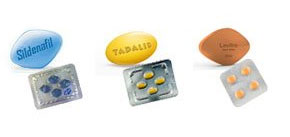

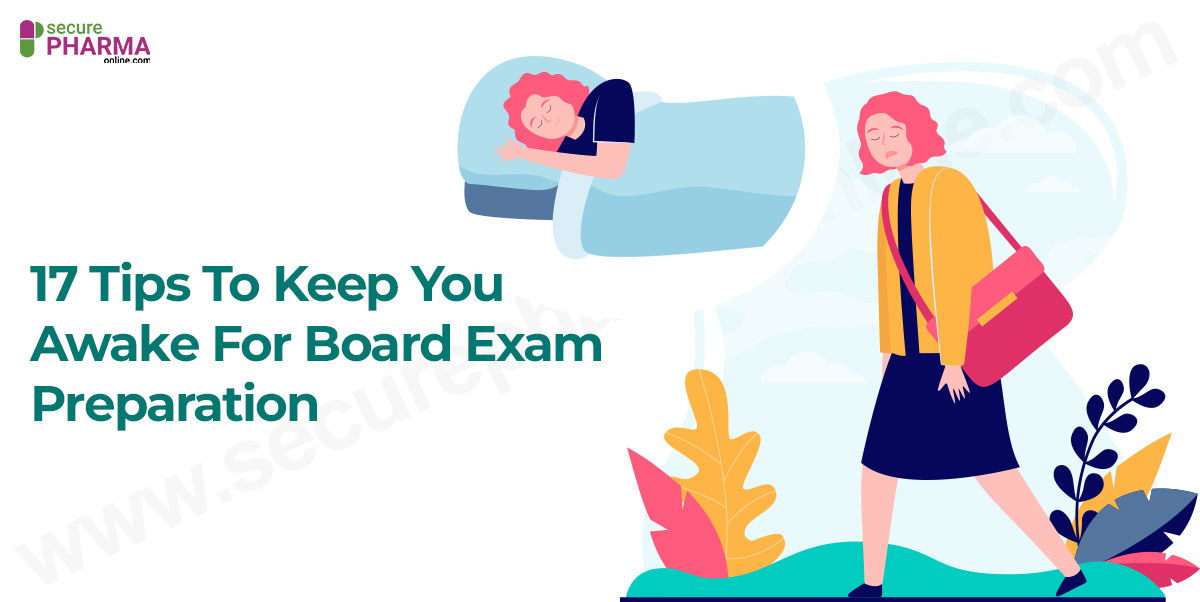
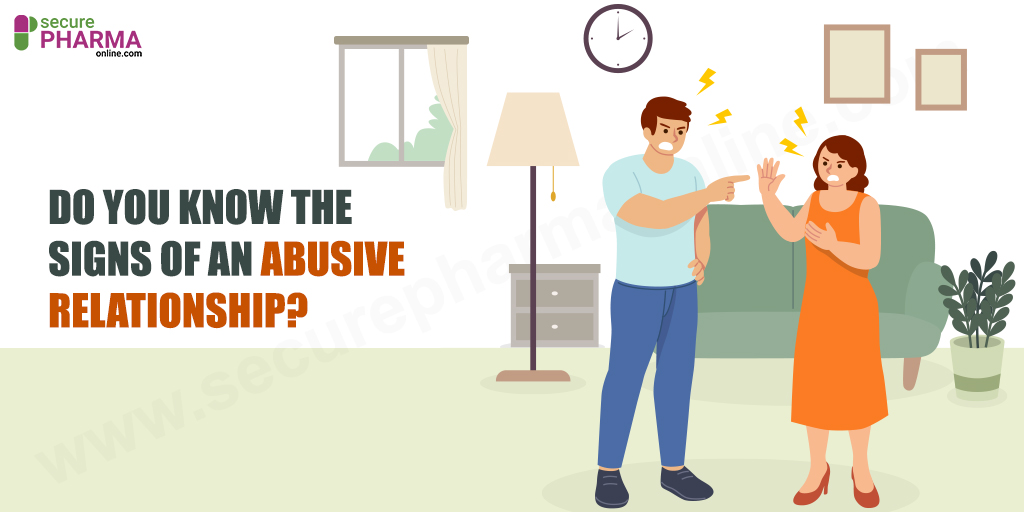

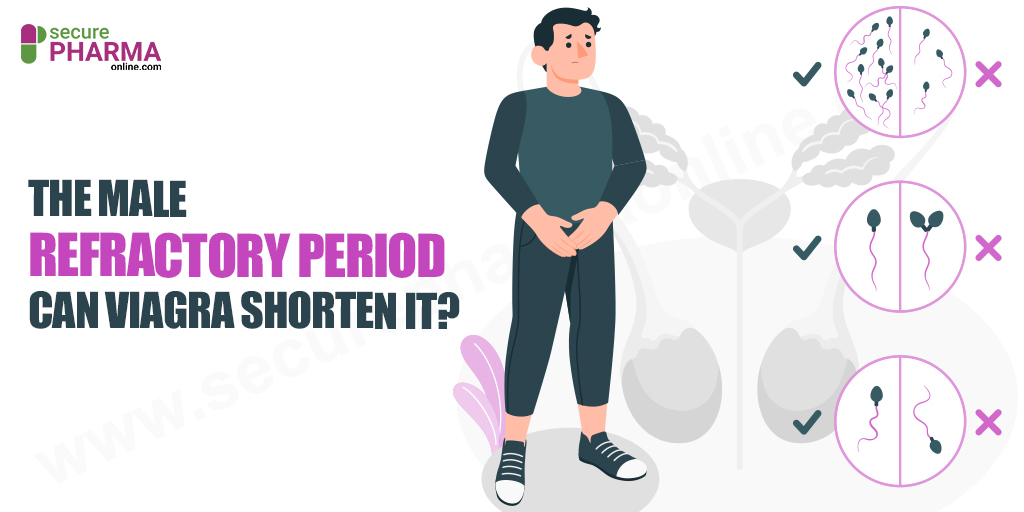
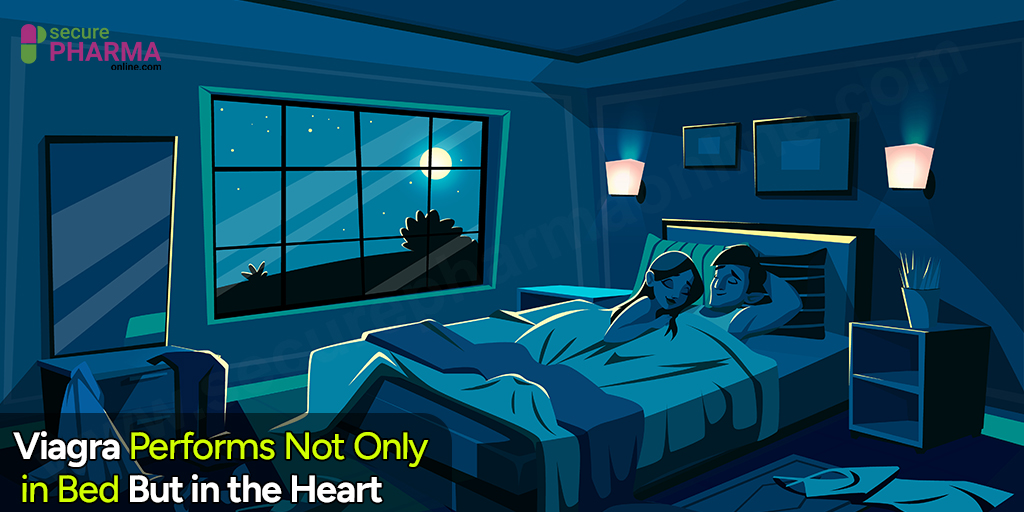
Comments